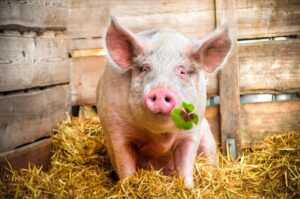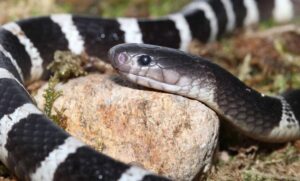From clownfish to non-venomous American snakes, frogs, and honey badgers, these animals have been given a gift from nature that helps them preserve their lives. Prey, if it has a way of dealing with predators, can change the balance between life and death. So, let’s explore a list of Animals Immune to Venom in the following article from KnowAllAnimals!
1. Top 7 Animals Immune to Venom You Need to Know
In nature, some animals possess an incredible ability to resist venom, which helps them survive against venomous snakes, scorpions, or spiders. Let’s explore seven of these special animals and learn how they defend themselves against dangerous venom.
1.1. Ground Squirrel
- Kingdom: Animalia
- Phylum: Chordata
- Class: Mammalia
- Order: Rodentia
- Family: Sciuridae
- Subfamily: Xerinae
- Tribe: Marmotini Pocock, 1923
If using their legs and paws for defense fails, the Ground Squirrel will use its venom-resistant immune system as a last resort to fight against its fearsome predator: the rattlesnake. Rattlesnake venom is a deadly weapon that causes severe blood loss, leading to death.
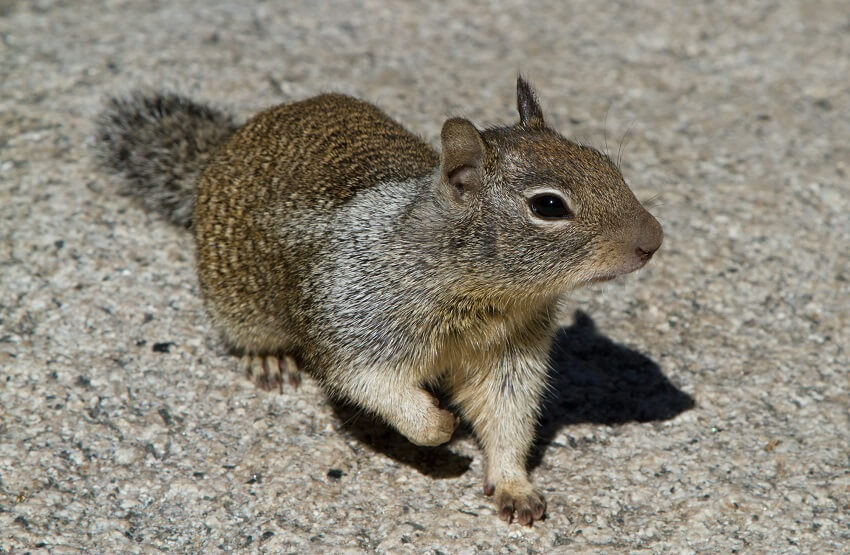
1.2. Kingsnake
- Kingdom: Animalia
- Phylum: Chordata
- Class: Reptilia
- Order: Squamata
- Suborder: Serpentes
- Family: Colubridae
- Tribe: Lampropeltini
- Genus: Lampropeltis Fitzinger, 1843
Life is a bit harsh for the rattlesnake. While it struggles to hunt ground squirrels that its venom can’t kill, it also has to constantly look out for a certain “assassin” that lurks in the wilderness. The non-venomous Kingsnake is immune to rattlesnake venom and loves to eat rattlesnakes. Since it doesn’t have venom to kill its prey, it uses a more violent method: it constricts the prey to death before swallowing it whole.
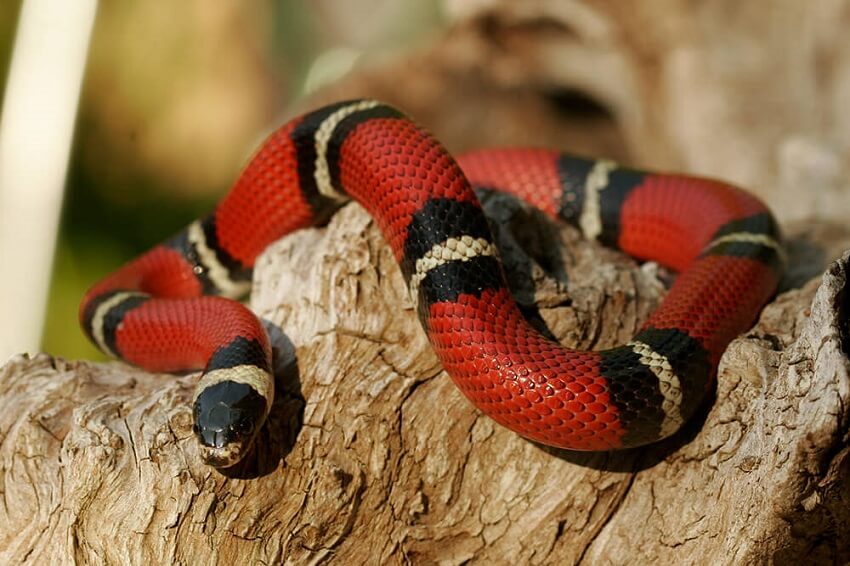
1.3. Clownfish
- Kingdom: Animalia
- Phylum: Chordata
- Class: Actinopterygii
- Order: Blenniiformes
- Family: Pomacentridae
- Subfamily: Amphiprioninae Allen, 1975
- Genus: Amphiprion Bloch & Schneider, 1801
The Clownfish is not actually immune to the toxins of sea anemones, but it still lives peacefully among hundreds of venomous tentacles. All 28 species of clownfish have a mucus layer covering their bodies, which prevents the sea anemone from releasing its venomous stinging cells. Scientists are still unsure where or how the clownfish gets this “armor.” It either produces it itself or it gets it from the sea anemone when it rubs against the tentacles.
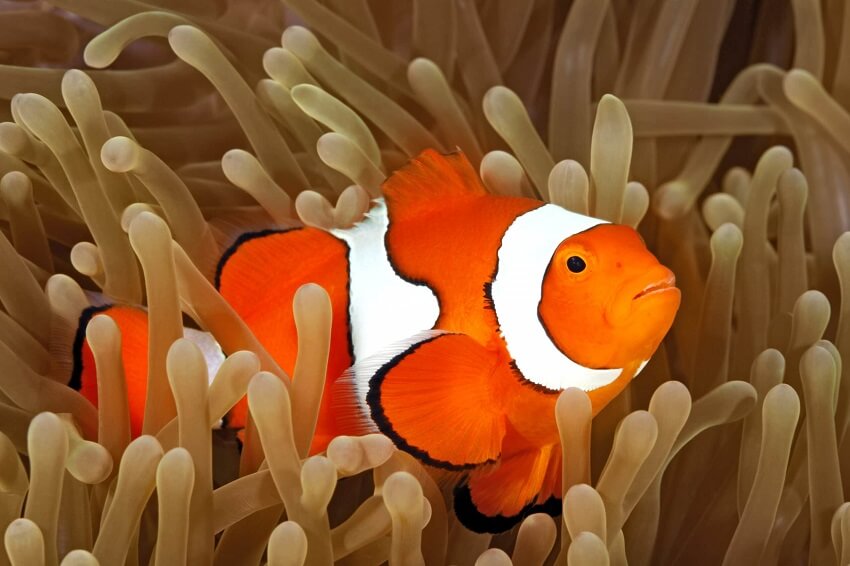
1.4. Bullfrog
- Kingdom: Animalia
- Phylum: Chordata
- Class: Amphibia
- Order: Anura
- Family: Ranidae
- Genus: Lithobates
- Species: L. catesbeianus
The bullfrog is immune to venom only when it reaches adulthood. As a tadpole, it is very vulnerable to the venom of water snakes and is a delicious meal for them. But as adults, they develop their own venom-resistant abilities against both water and land snakes. Scientists are still unsure how they acquire this ability, but this immunity is clearly very important for them: since they live on land as adults, they need a weapon to deal with the predators in this environment.
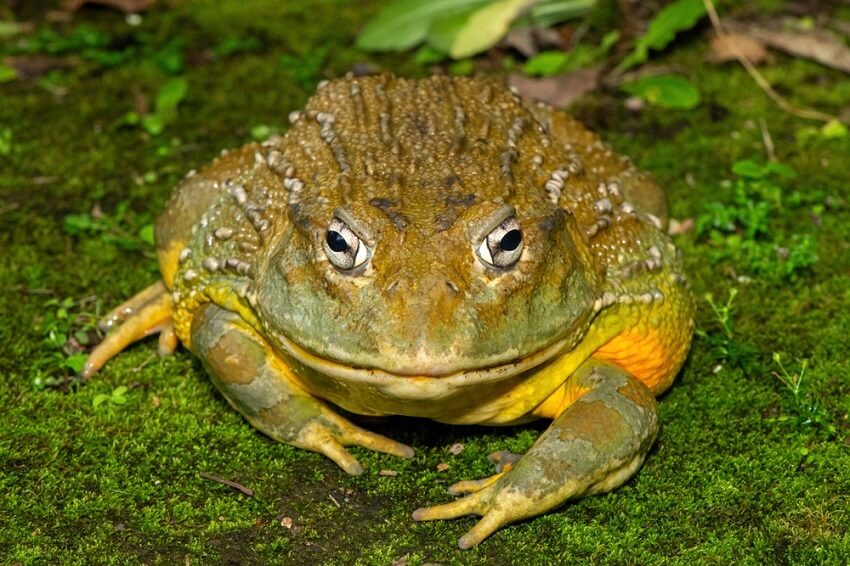
1.5. Honey Badger
- Kingdom: Animalia
- Phylum: Chordata
- Class: Mammalia
- Order: Carnivora
- Family: Mustelidae
- Subfamily: Mellivorinae
- Genus: Mellivora
- Species: M. capensis
The honey badger loves to eat honey, so it often attacks beehives to steal honey and larvae. They also eat anything else, from baby antelopes to baby cheetahs. Venomous snakes are also an easy meal for them. Zoologists are still unsure what happens to the honey badger’s immune and nervous systems (because they are so fearless), but the fact is that they often hunt cobras for dinner.
There is one recorded case: a honey badger attacked and killed a cobra, but not before the cobra bit it on the face. The animal then lay motionless, as if dead, but a little while later, it woke up and ate its prey as if nothing had happened.
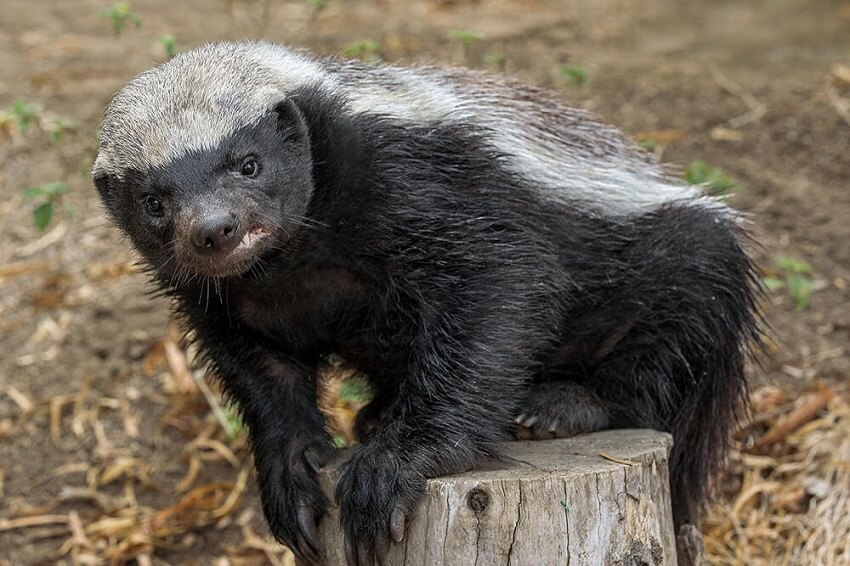
1.6. Mongoose
- Kingdom: Animalia
- Phylum: Chordata
- Class: Mammalia
- Order: Carnivora
- Superfamily: Herpestoidea
- Family: Herpestidae Bonaparte, 1845
Just like the honey badger, this animal also loves to eat venomous snakes. To catch its prey, it relies on its speed and agility. Furthermore, snake venom has no effect on it, making it a fearsome enemy of snakes.
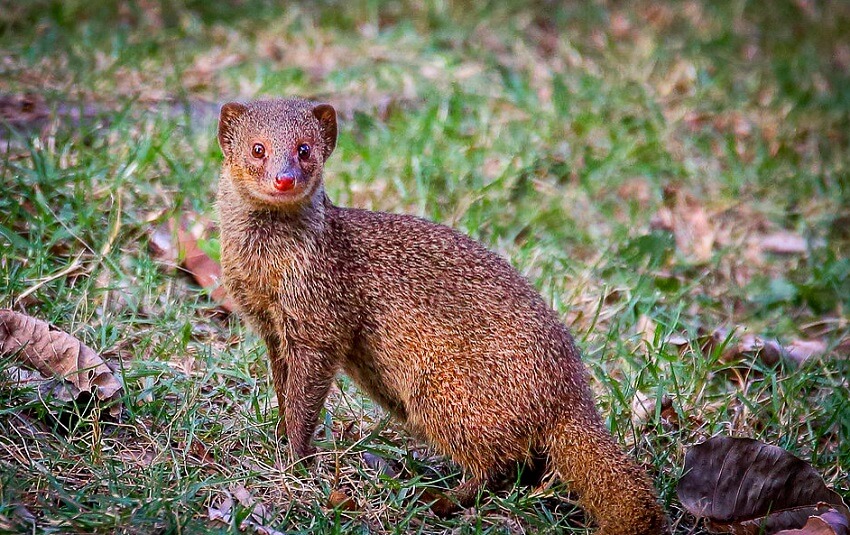
1.7. European Hedgehog
- Kingdom: Animalia
- Phylum: Chordata
- Class: Mammalia
- Order: Eulipotyphla
- Family: Erinaceidae
- Genus: Erinaceus
- Species: E. europaeus
The European Hedgehog holds the title of the cutest snake hunter. They are small, round, and unassuming. But for snakes, they are a walking nightmare. The hedgehog’s spiky armor makes it impossible for a snake to use its fangs to attack, and in any wrestling match, the snake is at a disadvantage. Even if a hedgehog is unlucky enough to get bitten, it remains unharmed thanks to the natural venom resistance in its blood. In short, in the game of “who’s having lunch?”, a venomous snake is no match for this hedgehog.

2. FAQs
1. Which animal is immune to rattlesnake venom?
Ground squirrels have an immune system strong enough to resist rattlesnake venom, which helps them survive a counterattack from the snake.
2. Why can a Kingsnake eat a venomous snake without being affected?
The Kingsnake is immune to rattlesnake venom, so it can hunt rattlesnakes for food while remaining safe itself.
3. How does a clownfish live safely among venomous sea anemone tentacles?
The clownfish has a layer of mucus covering its body that prevents sea anemone venom from making contact and destroying its cells. This mechanism allows the clownfish to live near or in the sea anemone’s habitat without being harmed.
4. How does a bullfrog develop venom resistance when it grows up?
As a tadpole, the bullfrog is vulnerable to venom because its protective mechanisms are not yet fully developed. When it becomes an adult, it develops venom resistance to both water and land snakes.
5. Is the honey badger truly unaffected by venomous snake bites?
The Honey Badger has a very high tolerance for venom. There is a recorded case of a honey badger being bitten on the face by a cobra, lying motionless, but then waking up a few hours later and continuing to eat the snake as if nothing had happened.
3. Conclusion
The animal kingdom is full of extraordinary abilities that are hard for humans to imagine. Animals Immune to Venom not only show an incredible adaptation to a harsh environment but also make them powerful survivors in nature. Exploring and learning about them not only provides fascinating knowledge but also opens up potential research avenues for medicine, especially in the development of future antivenoms.

